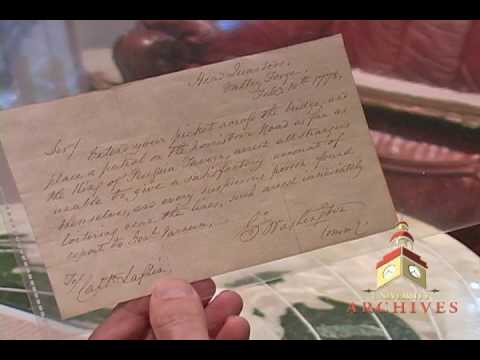The History and Significance of George Washington’s Signature
George Washington’s signature is one of the most recognizable and historically significant autographs in American history. As the first President of the United States and a central figure in the American Revolution, his signature appears on foundational documents that shaped the nation. From the Declaration of Independence to the U.S. Constitution, Washington’s penmanship is a tangible link to the birth of the United States.
Washington’s Signature in Historical Documents
Washington’s signature is prominently featured on key documents that defined the early American republic. For example, his name appears on the U.S. Constitution, which he signed as the president of the Constitutional Convention in 1787. Additionally, his autograph is found on the Jay Treaty of 1795, a pivotal agreement that averted war with Great Britain. These documents not only highlight his leadership but also underscore the weight of his endorsement in shaping national policy.
The Evolution of His Signature
Over time, Washington’s signature evolved, reflecting his growing prominence and the demands of his public life. Early examples from his military career show a more elaborate style, while later signatures, particularly during his presidency, became more streamlined. This change is often attributed to the sheer volume of correspondence and official documents he was required to sign, leading to a more efficient and consistent autograph.
Cultural and Monetary Value
Today, George Washington’s signature holds immense cultural and monetary value. Collectors and historians prize original documents bearing his autograph, with some items fetching millions at auctions. Beyond its financial worth, his signature symbolizes the ideals of leadership, integrity, and the founding principles of the United States, making it a cherished artifact of American heritage.
How to Identify and Authenticate a George Washington Signature
Identifying and authenticating a George Washington signature requires a combination of historical knowledge, attention to detail, and professional expertise. George Washington’s signature is highly sought after by collectors and historians, making it essential to ensure its authenticity. His signature evolved over time, but it typically features a distinct, flowing style with a clear “G” and “W” followed by a long, elegant tail on the “n.” Familiarizing yourself with examples of his known signatures is the first step in the identification process.
Key Characteristics of George Washington’s Signature
1. Letter Formation: Washington’s “G” often has a pronounced loop, while the “W” is typically wide and angular. The “n” at the end of his name usually extends into a long, sweeping line.
2. Consistency: While his signature varied slightly over the years, the overall structure remained consistent. Comparing the signature in question to verified examples from the same time period is crucial.
3. Ink and Paper: Authentic signatures from the 18th century will show signs of aging, such as faded ink or paper discoloration. Modern forgeries often lack these natural aging characteristics.
Steps to Authenticate a George Washington Signature
1. Research Provenance: Trace the history of the document or item bearing the signature. A clear and documented chain of ownership increases the likelihood of authenticity.
2. Consult Experts: Professional autograph authenticators or historians specializing in George Washington can provide a detailed analysis.
3. Use Technology: Advanced tools like ultraviolet light or microscopic examination can reveal details about the ink and paper that may confirm or disprove authenticity.
Authenticating a George Washington signature is a meticulous process that requires both historical context and modern techniques. By understanding the key characteristics of his handwriting and following a thorough authentication process, you can confidently determine whether a signature is genuine.
